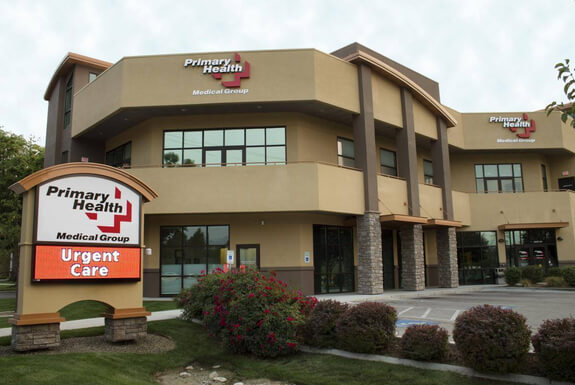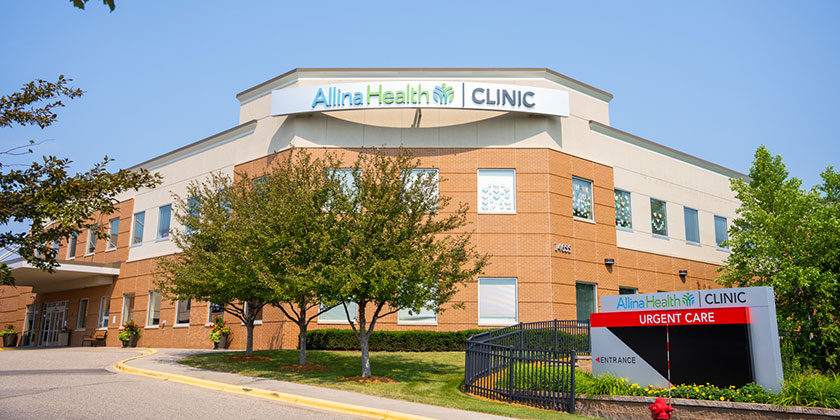Recognizing the Role of Urgent Treatment in Offering Timely Therapy for Non-Life-Threatening Conditions
Urgent treatment facilities have actually emerged as a crucial element of the health care landscape, resolving the instant requirements of individuals with non-life-threatening conditions. Recognizing the subtleties of urgent treatment could dramatically affect patient outcomes and the overall efficiency of health care delivery.
What Is Urgent Treatment?
Immediate treatment describes a category of clinical solutions developed to resolve non-life-threatening problems that need immediate focus. These facilities offer as an intermediary in between health care doctors and emergency areas, using a convenient choice for individuals who need punctual treatment without the extensive waiting times commonly related to emergency divisions.
Immediate care centers are generally staffed by doctor, including medical professionals, registered nurse professionals, and physician aides, who are educated to detect and deal with a broad variety of problems. Common solutions supplied by these facilities include treatment for minor injuries, diseases, and infections, in addition to analysis examinations such as X-rays and laboratory job.
The access of urgent care is a crucial consider its allure, as numerous centers operate past normal office hours, including weekends and nights. When their main care service provider might not be available, this extensive accessibility allows individuals to obtain prompt treatment. Additionally, immediate care facilities commonly accept walk-in clients, removing the requirement for visits. In general, urgent treatment plays an important function in the medical care system, making certain patients can access important clinical services without delay and successfully.

Many people may locate themselves uncertain concerning when to look for treatment at an urgent treatment center as opposed to a health care physician or an emergency clinic. Urgent care is created to resolve non-life-threatening conditions that call for punctual focus but are not severe enough to require an emergency situation area see.
Usually, one ought to take into consideration immediate look after issues such as small fractures, sprains, cuts calling for stitches, or infections like urinary system tract infections. In addition, cold or influenza signs, rashes, and allergic reactions can likewise be properly handled in this setup.
It is very important to note that immediate care is not suitable for serious emergencies, such as upper body pain, difficulty breathing, or severe blood loss, which necessitate prompt emergency space treatment.
Individuals that do not have access to a medical care doctor or can not secure a timely visit may also gain from urgent care services. Ultimately, comprehending when to use immediate treatment can cause more efficient health care distribution, permitting clients to receive the proper degree of treatment based on their certain wellness requirements.
Benefits of Urgent Treatment Centers
Selecting immediate treatment facilities for non-life-threatening problems provides numerous benefits that enhance individual experience and availability. One primary benefit is the reduced wait times compared to typical emergency situation rooms. Immediate treatment centers usually operate a first-come, first-served basis, permitting people to get prompt medical focus without the long hold-ups often related to hospital setups.
Additionally, urgent care centers give extended hours, consisting of weekends and evenings, accommodating individuals with varying routines. This versatility makes sure that individuals can seek care when it is most practical for them, even more promoting prompt intervention.

In addition, these centers usually use a detailed variety of services, including you can try this out small treatments and diagnostic examinations, all under one roof. This consolidation of solutions not just improves the person experience yet likewise cultivates a much more natural approach to managing non-life-threatening health and wellness concerns, eventually benefiting total client end results.
Typical Problems Dealt With
At urgent care centers, a variety of non-life-threatening problems can be efficiently dealt with, giving people with prompt and obtainable medical assistance. These facilities are particularly adept at dealing with concerns that need prompt focus but do not present an instant risk to life or limb.
Typical conditions treated at immediate care centers consist of small injuries such as cracks, stress, and strains. Immediate care centers are outfitted to execute required diagnostic tests, such as X-rays and laboratory examinations, enabling them to offer thorough treatment.
Additionally, immediate care carriers can provide vaccinations, helping to stop the spread of transmittable illness - Urgent Care. They likewise use services for minor procedures, such important link as suturing injuries or draining abscesses. By offering these varied solutions, urgent care facilities play a vital function in bridging the space between health care and emergency solutions, guaranteeing individuals receive timely treatment for a wide variety of problems without the demand for long haul times commonly related to emergency situation areas
Exactly How Urgent Care Sustains Health Care System
Urgent treatment facilities play a critical role in supporting the general medical care system by alleviating the burden on emergency departments and supplying timely accessibility to healthcare for non-life-threatening conditions. By taking care of cases such as small injuries, infections, and diseases, immediate treatment centers allow emergency divisions to concentrate on even more crucial people calling for prompt focus.
Moreover, immediate care centers improve health care availability, using prolonged hours and a more hassle-free option to standard health care settings. This ease of access is specifically beneficial for people who might not have a routine medical professional or who require instant treatment beyond common office hours. Therefore, immediate care facilities efficiently lower wait times and boost patient contentment.
Additionally, immediate care facilities contribute to cost savings for both people and the medical care system by offering lower-cost services contrasted to emergency divisions. This financial effectiveness is essential in an era of climbing healthcare costs, enabling people to get necessary treatment without incurring excessively high costs.
Verdict
In conclusion, immediate care facilities play a vital function in the health care system by delivering prompt treatment for non-life-threatening conditions. By connecting the gap in between medical care and emergency clinic, these facilities ensure that patients receive timely clinical attention without the extensive wait times usually associated with emergency situation departments. The access and efficiency of urgent care centers add dramatically to alleviating the total concern on health care sources, boosting person results, and promoting a more effective medical care delivery reference system.
Immediate treatment facilities have actually arised as a crucial component of the medical care landscape, resolving the instant needs of people with non-life-threatening conditions. Urgent care check outs usually sustain reduced out-of-pocket costs compared to emergency situation division gos to, making treatment much more economical for individuals without endangering high quality. Immediate care facilities are geared up to perform essential diagnostic examinations, such as X-rays and laboratory tests, enabling them to supply detailed treatment.
By providing these varied services, urgent treatment facilities play an important role in connecting the gap in between main care and emergency solutions, making sure patients obtain timely therapy for a broad variety of conditions without the requirement for long delay times usually linked with emergency areas.
Furthermore, urgent care centers boost healthcare availability, providing extended hours and an extra hassle-free choice to typical main treatment setups.